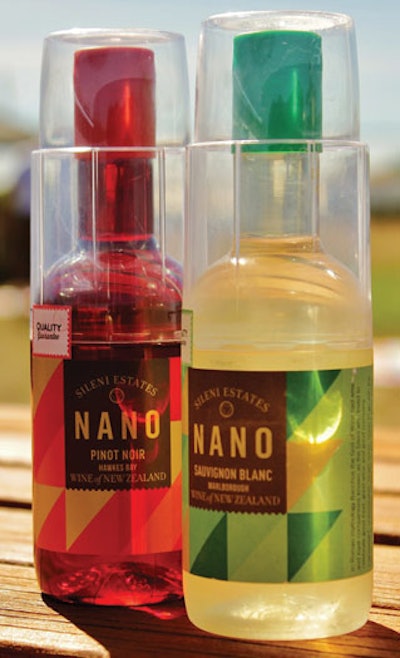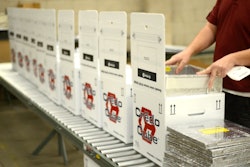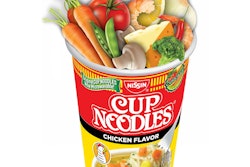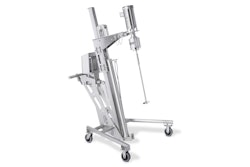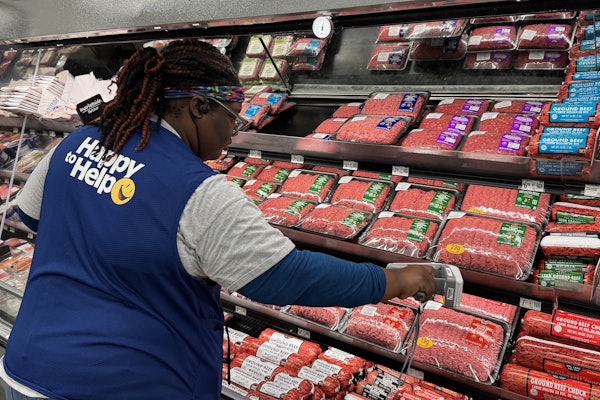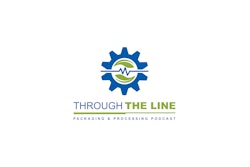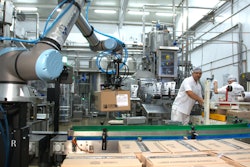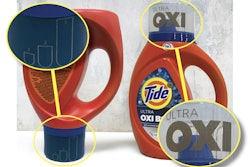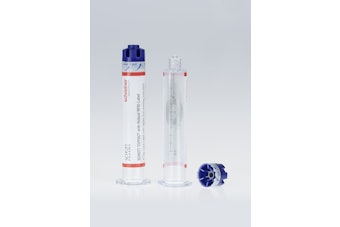A new single-serve wine option is clamoring for its share of the market in an increasingly robust category. Sileni Nano, from New Zealand winery Sileni Estates, not only capitalizes on the trend of small-size wine packages, but also on the exploding popularity of New Zealand wine in the U.S.—especially its Sauvignon Blanc. According to Sileni Estates USA CEO Nigel Avery, New Zealand is the only country whose wine imports to the U.S. have grown month over month over the last couple of years.
“The style of wine that New Zealand makes is very approachable. It’s very easy to understand, very easy to drink, and very flavorful,” Avery says. “The vibrancy of the flavors attracts a lot of consumers around the world.”
The Nano product, in five varietals, is packaged in a 187-mL PET bottle that replicates the shape of a full-size bottle and features a plastic, screw-on cap and a clip-on plastic drinking cup. The product is the result of a joint venture between Sileni and French wine bottler Paul Sapin. The two spent four years developing the package and shared in the production costs.
In evaluating package designs, Avery said Sileni was looking for one that was aesthetically pleasing, able to withstand shock, and capable of preserving the quality of the wine. “We wanted a shape that consumers would immediately recognize as wine,” he says. “So we mainly just made a change to allow the cup to clip onto it. A picture tells a thousand words, and an object even more, so people can pick up the bottle and say, “Yeah, it’s got a cup on it as well, isn’t that cool.”
The bottle is a clear PET/nylon/PET structure with UV-light light-absorbing properties and an oxygen scavenger that is inert until it comes in contact with moisture during the filling process, extending the shelf life of the wine to 12 months. As Avery explains, with traditional oxygen-barrier bottles, the scavenger begins working at the time the bottle is produced. “With our bottles, once they are blown, you can store them in a warehouse, and as long as it’s a dry environment, the scavenger won’t begin working until the bottles are filled.” Resilux provides the preforms, while PDG Plastic blow molds the bottles, which are filled by Paul Sapin at its plant in La Chapelle-de-Guinchay, France.
Great attention was also paid to the amount of headspace in the bottle, both to reduce oxidation of the wine and for consumer convenience. “With single-serve packages having peel-off lids, if the fill height is too high, there’s potential spillage when consumers try to open it,” says Avery. “But if the fill height is too low, there’s potential oxidation of the wine.
“Another issue with packages with peel-off lids is that you can get glue on the rim of the container when you remove the lid, so that’s not the nicest experience for consumers.”
The Sileni Nano bottle uses a Novatwist screw-on cap from Solocap, a part of Maison Melan Moutet, that is made from polypropylene and polyethylene, making it both resealable and recyclable. The custom-designed cup is a made from a clear food-grade polypropylene from MBP. “We feel that our package is elegant, and it has a nice feel when you hold it,” says Avery. “Functionally, it’s got its own resealable cap, so you can pour yourself some wine and then save the rest for another time.”
Label graphics for the bottles are also elegant, as well as colorful—“something fun targeted at a younger demographic,” according to Avery. The designs were adapted by One Design from labels for Sileni’s full-size bottles and include the Sileni logo and a tiled, triangle-patterned background. Monroe Collotype converts the paper labels, offset printing them in four colors plus gold along with a varnish.
Despite the many unique aspects of the Sileni Nano package, Avery insists the biggest differentiator of the product is the quality of the wine—a feature that has actually presented the winery with some hurdles. “The biggest challenge has been convincing consumers that wine in PET can be good quality,” he says. “We sell premium-quality wine that is award-winning and has international acclaim.”
Another challenge has been the price point—$3.99 to $4.99/bottle—which reflects the quality of the wine and the convenience of the packaging. “The benefit is in the ability to take the package into environments where glass is not convenient, such as pools, on boats, in state parks, etc.,” says Avery.
Sileni Nano was introduced nationally in summer 2014 in Cost Plus World Market as well as in some hotel chains and in the Bank of America Stadium in North Carolina.
More content online at pwgo.to/1718.
To see a spin + zoom 360° photo, click here.
